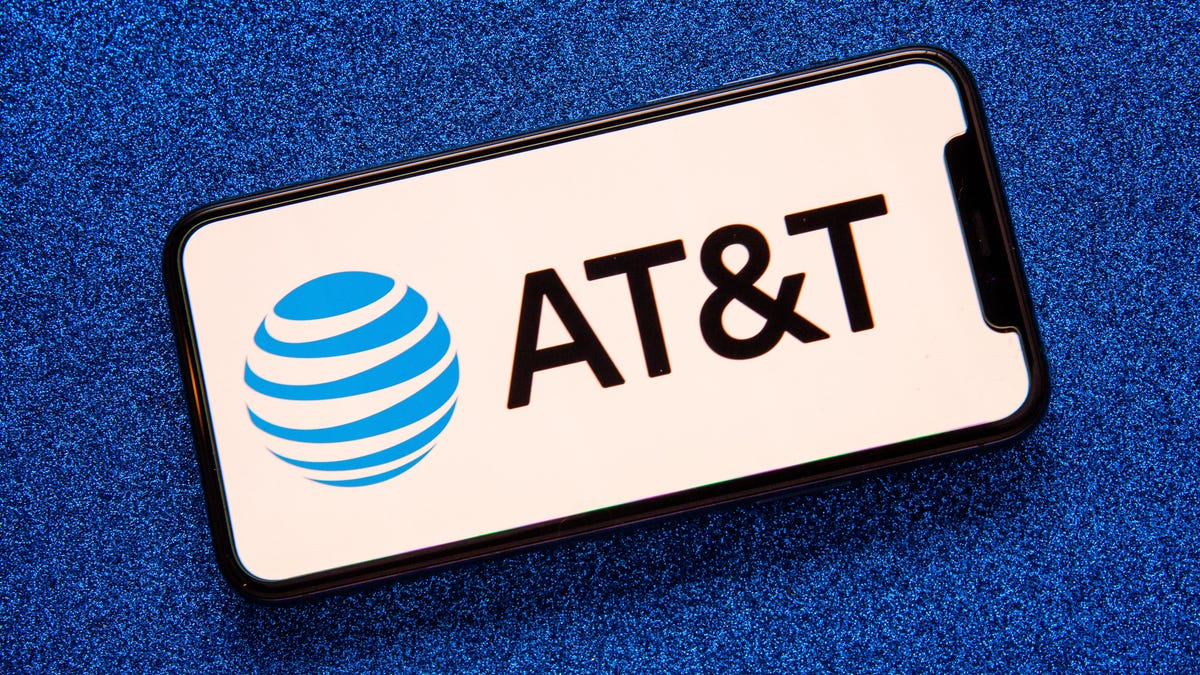No, AT&T Won’t Let Older Phones Tap Into Its Full 5G Network After All

Sarah Tew/CNET
AT&T is in the process of rolling out a new 5G midband network, but you will in fact need a higher-end flagship device to use it. On Thursday the nation’s third-largest carrier walked back its pledge to upgrade older devices to support its newer 3.45GHz midband 5G.?
Last month, AT&T had told CNET that it would be upgrading a host of its recent 5G devices — including 2020’s iPhone 12 series and 2021’s Samsung Galaxy S21, Google Pixel 6 and iPhone 13 lines — to support the 3.45GHz midband spectrum. The carrier spent over $9 billion acquiring the spectrum, which it plans to deploy alongside its C-band airwaves for a more robust nationwide 5G network that can better compete with T-Mobile’s and Verizon’s respective offerings.?
Read more:?Upgrading to iPhone 14? You Won’t Be Able to Just Swap Your Sim Card
Now it’s saying that capability will be once again limited just to a selection of 2022 (and newer) devices. Those with older but recent 5G phones and tablets will no longer be receiving updates or be able to connect to AT&T’s complete 5G footprint. “An inaccurate list of 3.45GHz compatible devices was provided by mistake and then incorrectly confirmed during the fact checking” of the earlier story, Jim Greer, AT&T’s assistant vice president of corporate communications, told CNET in a statement.?
A new list provided by Greer reveals that the carrier’s compatibility right now is constrained just to some of its higher-end flagship phones and hotspots. These devices include:
- Samsung’s?Galaxy S22, S22 Plus and S22 Ultra
- Samsung’s Galaxy Z Flip 4
- Samsung’s Galaxy Z Fold 4
- Apple’s iPhone 14, 14 Plus, 14 Pro and 14 Pro Max
- Netgear’s Nighthawk M6 and Nighthawk M6 Pro hotspots ?
Why this matters
Other AT&T devices not on that list will still be able to connect to the company’s 5G networks, including its C-band 5G that operates in a similar frequency. But the carrier is planning to use both 3.45GHz and C-band to create a stronger midband network nationwide, something those with incompatible phones won’t be able to experience.?
Chris Sambar, AT&T’s executive vice president of network, previously told CNET that while not every cell site will have access to both 3.45GHz and C-band, the “majority” would get both frequencies.?
Midband spectrum, like the 3.45GHz at issue here, is proving to be incredibly valuable. Although there are three different?”flavors” of 5G?(low-band, midband and the higher-frequency millimeter-wave), wireless service delivered over the midband spectrum offers the best combination of range and speed improvements. This is why all three major US operators have spent so much money acquiring and deploying network upgrades on these frequencies.?
AT&T still sells a variety of older 5G phones, including the iPhone 12 and iPhone 13, as well as Google’s Pixel 6 line, and continues to offer them on lengthy 36-month installment plans. It’s unclear if the carrier will explain to users looking to upgrade to those devices that they will not be able to connect to its full 5G network, or that they will need an iPhone 14 or recent high-end Samsung phone to be able to get a complete AT&T 5G experience for the three years of their installment plans.?
CNET has reached out to AT&T for comment on whether it will be educating consumers about the differing experiences between older iPhones and the latest iPhone 14 models on its network and will update if it responds.